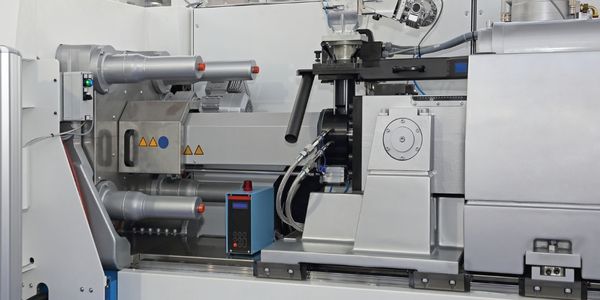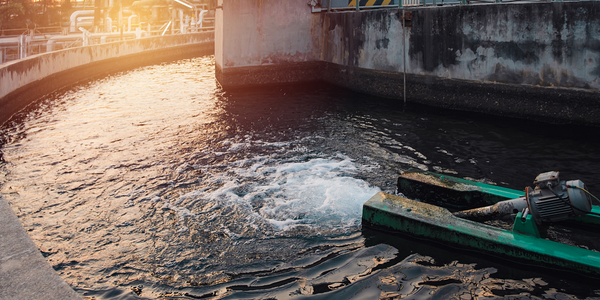Applicable Industries
- Plastics
- Recycling & Waste Management
Applicable Functions
- Procurement
- Sales & Marketing
Use Cases
- Predictive Waste Reduction
About The Customer
The customer in this case study is BRITA, a well-known water filter company. For the past nine years, BRITA has been working with its lead UK PR agency to shift its brand perception from being solely product-focused to being inspiring, purpose-led, and culturally relevant. BRITA is committed to addressing the serious issue of single-use plastic and promoting sustainable habits among its customers. The company aims to help people make small changes in their daily habits to reduce their environmental footprint and feel good about their personal green wins.
The Challenge
BRITA, a renowned water filter company, faced a challenge in changing its brand perception from being merely functional and product-led to inspiring, purpose-led, and culturally relevant. The company aimed to address the serious issue of single-use plastic without resorting to negative or shaming tactics. Research conducted by BRITA revealed that over half of Brits believed they could do more to reduce their environmental footprint at home. The excessive purchase of single-use plastic, including buying plastic bottled water, was identified as the nation’s biggest ‘green guilt’. The challenge was to help people make small, manageable changes to their habits that would make them feel good about their contribution to sustainability.
The Solution
BRITA, in collaboration with its PR agency, launched The Greening Good Guide, a list of 10 resolutions to help Brits make small changes to live more sustainably. To support the launch of this integrated PR campaign, they partnered with photographer Mary McCartney to capture powerful images of BRITA’s ambassador Joanna Lumley surrounded by plastic waste at a waste facility, dressed entirely in sustainable clothing. To further dramatize the issue and encourage positive action, a paid social campaign was created featuring Joanna in a series of comedic sketches as a ‘sustainability agony aunt’. The campaign was promoted on BRITA’s social channels. To ensure the campaign reached a broad target audience, collaborations with influencers were initiated to document their experiences of making sustainable changes at home. A partnership with Good Housekeeping also invited consumers to share their questions with Joanna as part of a live Q&A to help them to ‘Green Good’ at home.
Operational Impact
Quantitative Benefit

Case Study missing?
Start adding your own!
Register with your work email and create a new case study profile for your business.
Related Case Studies.

Case Study
Plastic Spoons Case study: Injection Moulding
In order to meet customer expectations by supplying a wide variety of packaging units, from 36 to 1000 spoons per package, a new production and packaging line needed to be built. DeSter wanted to achieve higher production capacity, lower cycle time and a high degree of operator friendliness with this new production line.

Case Study
Boiler Control System for Plastic Manufacturing Applications
Factory automation applications must be equipped to handle and monitor the myriads of information from attached devices. For plastic manufacturing applications, the boiler control system plays a critical role by gathering and regulating information to ensure production is accurate and smooth. In this particular case, the customer combines eight subsystems that include power meters, water meters, alarm output, displays, and I/O status to be controlled by several intelligent controllers with Modbus RTU interface. The Modbus TCP protocol is used for this application due to the distance. System Requirements: • Modbus serial to Modbus TCP translation • Multiple slaves/masters support • Automatic Modbus TCP response time detection

Case Study
Ascend Performance Materials Case Study
Ascend operations must access multiple software systems to manage day-to-day operations in an effective and secure manner. These systems generate large sets of data which contain critical information pertaining to management systems, planning and cost information in business systems and energy consumption. As a result, Ascend management was challenged with creating relevant reports reflecting performance measures in overall context of their operational process. The company’s previous process entailed collecting and analyzing data manually which was not effective, since the information collected was generated after the fact, and was too complex for collaborative use across the organization.

Case Study
Water Treatment Energy Management
Water pumping, treatment and conveyance are among the largest energy and cost outlays for many local and regional municipalities. Electricity time-of-use rates and peak pricing tariffs are driving those costs even higher. This case study describes how Monterey Regional Water Pollution Control Agency (MRWPCA) implemented a process data monitoring and control solution in order to analyze and optimize energy use, reduce deployment costs and save operational expenses.

Case Study
Remake Enterprise-to-production System
The client was running a legacy material flow tracking system and wanted to replace the system with a more effective one as the system was increasingly expensive to maintain and support and also was not extendable. The client's IT landscape was filled with modern applications and it was difficult to interface the material flow tracking system with modern applications.








